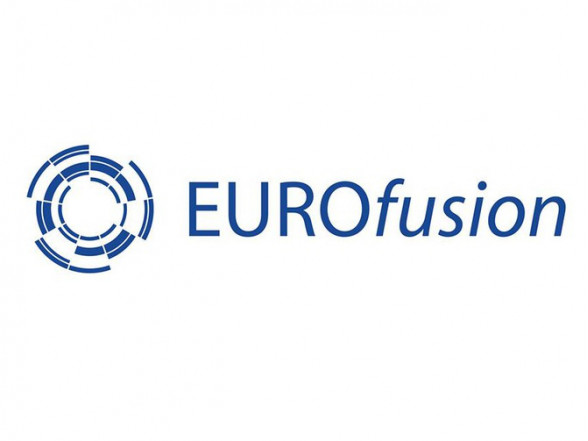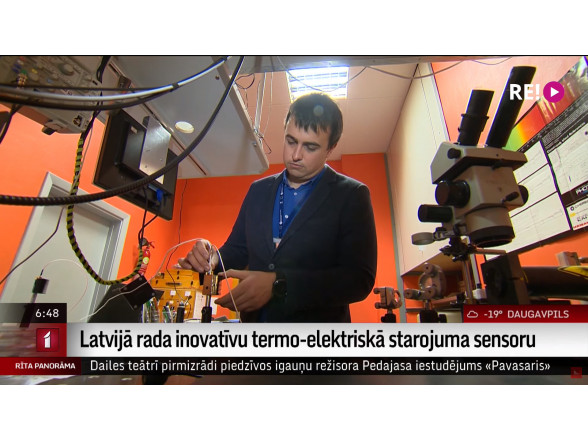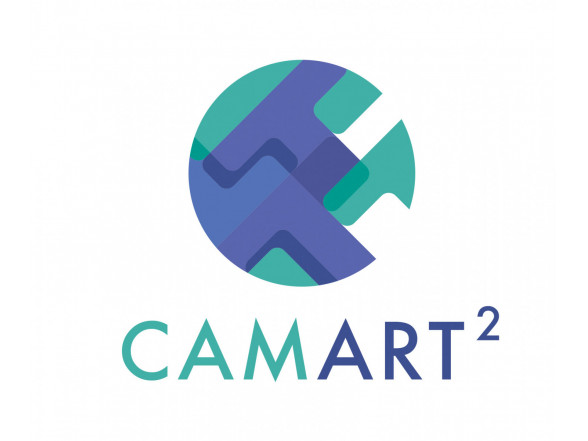The opportunities provided by CAMART² to expand the range of partners, improve the research environment and allow ISSP UL’s outstanding scientists to engage the Institute’s staff in world-class projects, such as EUROfusion to make a significant contribution to the tackling of global scientific challenges - prototyping the Sun on Earth.
It is widely acknowledged that the energy of the future lies in the development of fusion reactors. Their successful work requires new materials that will work in very extreme radiation and temperature conditions. Research on such optical and dielectric materials is an important part of the activities of the EUROfusion-Latvia association. In this joint study of the teams of the ISSP UL and the Institute of Physics, University of Tartu, the damage processes caused by neutron and heavy ion irradiation in promising functional materials were studied. The optical and dielectric as well as vibrational and magnetic properties of radiation defects in numerous oxide crystals, nanomaterials and ceramics were carefully studied and compared. In the course of this research, new theoretical methods were developed able to evaluate and predict advanced materials functionality and radiation damage evolution under extreme reactor conditions.
In the news story broadcasted on the national television channel LTV1 in the morning show Rīta Panorāma Dr.phys. Aleksandrs Platoņenko from the ISSP UL’s Laboratory of Kinetics in Self-Organizing Systems told about the research "In-depth understanding of the functional properties of modern materials under extreme radiation conditions and their prediction", which the Latvian Academy of Sciences (LAS) has recognized as one of the most significant achievements of Latvia in theoretical science in 2020.
The TV story in Latvian: https://ltv.lsm.lv/lv/raksts/25.01.2021-latvijas-zinatnieki-strada-pie-maksligas-saules-izveides.id209144/



